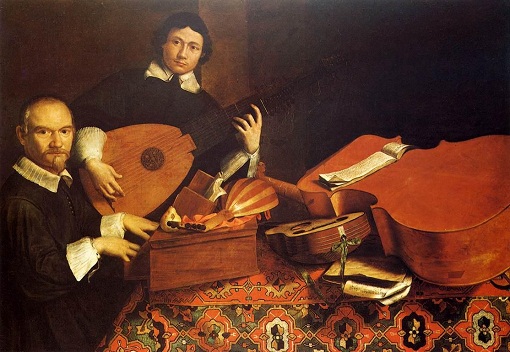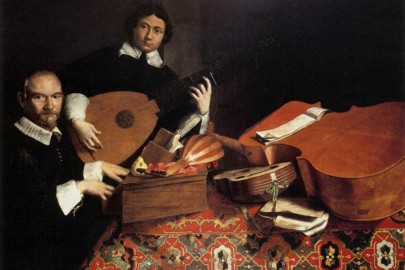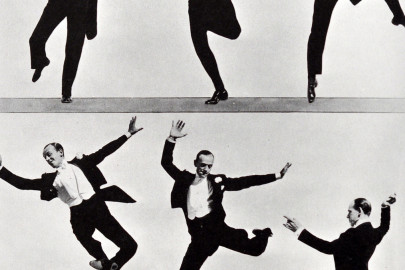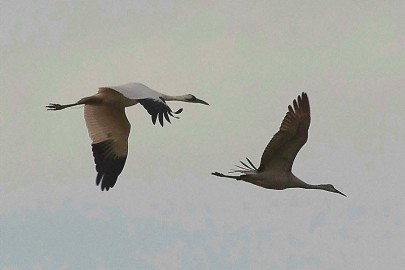This week, Mahlerman takes us back the 16th and 17th centuries and the sound of the Baroque…
When the Renaissance Period in music, which began in the early 1400’s, rolled over into the Baroque two hundred years later, the difference between what a composer wrote down, and what a performer played, started to emerge into the sort of ‘classical’ music we recognise today, with ‘continuo’ or through-bass providing a rhythmic and harmonic foundation, and ornamentation (trills, grace-notes etc) left, nearly always, to the performers. There is, of course, secular and sacred Baroque, there is early, middle and late Baroque, and geographically it spans most European countries.
Very little is known about the Londoner Anthony Holborne. He was born around 1545 and emerged as a talent in the court of Elizabeth I towards the end of that century. He was well thought of by no less a figure than John Dowland, who dedicated one of his greatest songs ‘I saw my lady weepe’ to ‘the most famous Anthony Holborne’. There are no performance directions in the score of the wonderful (and wonderfully named) The Image of Melancholy (1599) no tempo markings or even dynamics. It was left to the performers to craft a performance from the notes on the page. Here the extemporaneous consort of viols, guitars and lutes Private Musicke, weave their own grave magic.
Here the Italian high-tenor Marco Beasley joins Private Musicke to sing Sfere, Fermate by the Sicilian Sigismondo d’India. After Monteverdi he was considered the most important composer of secular vocal music, much of it marked by strong, dramatic emotional content. Born in 1582, details of his early life are sketchy, but we know that in his mid twenties he was in Florence, and probably met Monteverdi. He died, probably in Modena, early in 1629.
Although their blood line began in the northern Italian city of Bologna, the Ferrabosco boys made a life for themselves in London before the Great Plague, and the Great Fire that followed it destroyed half the city. Alfonso Ferrabosco II was a South London boy, born illegitimately in Greenwich around 1575. He served Elizabeth I as a Court Musician and Composer and, in 1612, married Ellen Lanier and produced three musician sons, John, Henry and Alfonso Ferrabosco III. The father/grandfather to this brood Alfonso Ferrabosco the Elder possessed perhaps the greatest talent, and it would not be too much of an exaggeration to say the he introduced the madrigal form to England. Here, the limpid serenity of In Nomine a 5.
Who says Rock ‘n’ Roll was born when Sam Phillips started Sun Records? Wrong, by about 350 years methinks. We know from earlier posts (Mad Voices) that J P Rameau could set the feet tapping in 17th Century Paris, and toward the end of his long life he seemed to become a teenager again in Les Indes Galantes (A Whiff of Garlic) which is nothing short of hard-rock with a twist. Yes, life was difficult, and life expectancy was 38, but they still liked to move their hips on a Saturday night. It is not difficult to hear in this brief Ciacona that Giovanni Paolo Foscarini was a guitarist as well as a composer of note – why, there’s even a guitar break.
This post doubles as a rather shameless fan-letter to the marvellous consort Private Musicke who play on all four of these videos. I saw them at the Wigmore Hall a couple of years ago with the mezzo Magdalena Kozena ( ‘er indoors for Simon Rattle ), and although I am not keen on Ms Kozena’s voice, I was completely captivated by this little band of minstrels, who brought a freshness and informality to what can be very dusty repertoire.












Tremendous MM. The Foscarini is marvellous, especially listened to through headphones, but at 1.43 the old Italian shortchanged us. But, as with Holborne’s The Image of Melancholy, did the composer expect the players to craft a performance from the notes on the page? Is it what Private Musicke have done here, purposely giving the piece a hint of rock? I hope not; I like to think of Giovanni as the Father of Rock. I just wish it been developed to about four minutes long.
I know she doesn’t feature in today’s post but it immediately brought to mind the voice of Catherine Bott who in the seventies was a member of the English baroque-jazz crossover group The Swingle Singers. When she left the group and became a baroque specialist she recorded some wonderful stuff. A favourite was the album Mad Songs, which included Purcell’s Bess of Bedlam, I’ll Sail Upon the Dog Star, and the astonishing Let the Dreadful Engines; the latter being six glorious minutes of Purcell/Bott. In the late eighties, Marriner with ASMF recorded Walton’s film music. On the recording of the music for Hamlet with John Gielgud, Chandos added the music for the film As You Like It, the third section being Under the Greenwood Tree, Walton’s tribute to lutenist composers like Dowland and Morley. This section lasts a measly 1.56. But again it is Bott sounding wonderfully idiomatic who pulls me back to this recording time and again. MM, What a pity it was Simon’s Missus rather than Catherine Bott who featured at that Wigmore Hall concert a couple of years back. I had to raise that – how else to justify me wandering off down this side street?
Yes JH, I felt the same about the Foscarini – bit like finding 10p down the back of the sofa instead of a pound coin. For the record Private Musicke are very ‘free’ both with their interpretations and presentation – they wander onto the stage individually, playing as they go, and the whole has a very loose, improvisatory feel that I guess is not everybody’s glass of absinthe, but it felt right to me – and others.
And for the record – please continue to explore the musical hard-shoulders as you have been; I’m sure I am not the only dabbler that looks forward to you erudite comments with keen anticipation. I’ll have what you’re having.
Thanks, MM
Melancholy and limpid serenity do it for me, Mahlerman. This music is fantastic – and so are Private Musicke. I notice that they are described by the Guardian as a renaissance guitar band. I hope they come to London again soon!